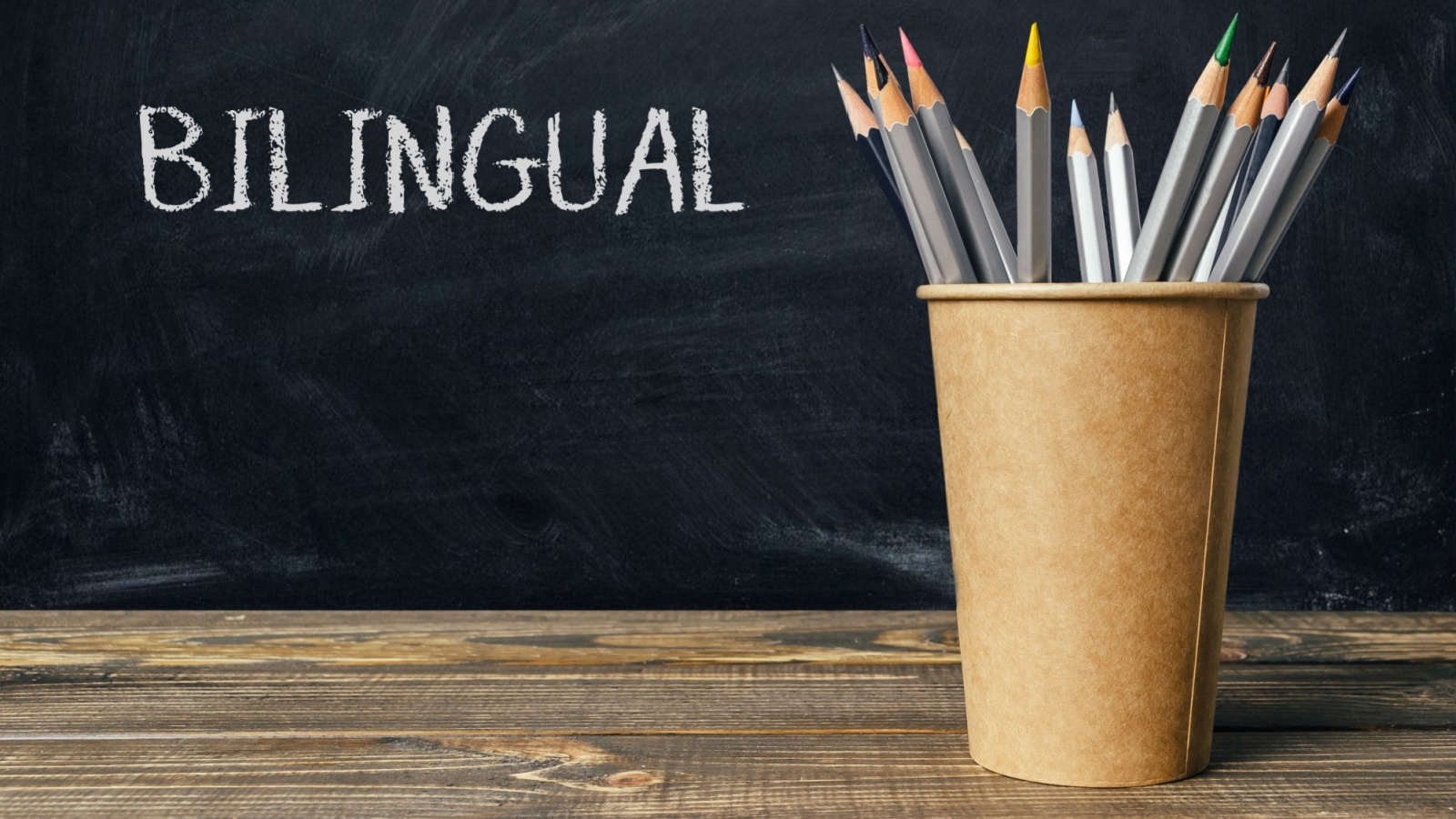Canada isn’t just about mountains, maple syrup, and hockey, it also quietly leads the world in education. Its schools consistently rank among the best globally, yet the country rarely brags about it. From inclusive classrooms to top-tier universities, Canada’s approach to learning is the envy of many. Here’s 21 reasons why other nations can’t help but look north with admiration.
High Global Rankings in Literacy and Math

Canada’s students consistently score in the top tier of global education rankings, especially in reading, science, and math. These scores aren’t just impressive on paper, they reflect a real investment in foundational skills that carry through life. It’s not about memorization but about comprehension, critical thinking, and real-world application. This kind of consistency sets a gold standard for education systems everywhere.
Equity Over Elitism

Unlike many countries that pour resources into elite schools, Canada focuses on raising the baseline for all. Public education here strives to offer a high-quality experience regardless of a student’s socioeconomic background. That means less disparity between schools and more equal access to opportunity, a system rooted in fairness, which is a big reason it works so well.
Universally Accessible Public Education

From coast to coast, kids in Canada have access to publicly funded education through high school. There’s no need to pay for quality, because excellence is baked into the system. Parents don’t have to choose between sending their child to an expensive private school or a struggling public one and that peace of mind is something many other nations wish they had.
Bilingual Learning Environment

Canada is officially bilingual, and that’s reflected in its classrooms. Many schools offer immersion programs in both English and French, giving students a linguistic edge. Being fluent in two of the world’s major languages opens countless doors and builds cultural bridges. It’s more than a skill, it’s an identity rooted in inclusion.
Emphasis on Critical Thinking

Canadian education goes beyond rote memorization. Students are encouraged to think critically, question information, and engage in meaningful dialogue. That kind of intellectual freedom fosters curiosity, innovation, and lifelong learning, creating thinkers, not just test-takers.
Teacher Training and Professionalism

Becoming a teacher in Canada is no small feat. Educators here must complete rigorous university programs and gain practical experience before stepping into the classroom. Ongoing professional development is expected, not optional. The result? Passionate, well-prepared teachers who make a lasting impact on students’ lives.
Safe and Inclusive Schools

Canada takes school safety and inclusion seriously. Anti-bullying programs, mental health resources, and cultural sensitivity training are common across the country. Schools actively promote equity for LGBTQ+ students, newcomers, and Indigenous communities. This commitment creates a sense of belonging that empowers students to thrive.
Strong Support for Special Needs Students

Canada doesn’t sideline students with learning differences, it supports them with individualized education plans, trained staff, and accessible resources. Whether a student has ADHD, autism, dyslexia, or physical disabilities, there are pathways tailored to help them succeed. This inclusive approach means no one gets left behind., with other countries often struggling to match this level of attention.
Focus on Indigenous Education

Canada is making visible efforts to include Indigenous history, culture, and language in its curriculum. It’s part of a broader reconciliation process and teaches all students about the country’s true history. While there’s still a long way to go, the acknowledgment and integration of Indigenous knowledge is something the world can learn from. Education becomes a healing force, not just an academic pursuit.
Affordable Higher Education

Compared to the U.S. and other countries, Canadian universities are surprisingly affordable for both domestic and international students. The government offers grants, scholarships, and student loans to keep education accessible. A quality degree doesn’t have to mean decades of debt. That’s a big deal for families trying to plan their futures.
Focus on Student Mental Health

Canadian schools are increasingly aware of the importance of mental wellness. From counselors and psychologists to wellness days and anti-stress programming, mental health is no longer an afterthought. Students are taught emotional literacy alongside academics. This balance is something many systems are only beginning to address.
Freedom in Curriculum Design

Canadian provinces have autonomy over their education systems, which means they can innovate based on local needs. This decentralized approach allows for creative curricula that aren’t bound by national red tape. Teachers have room to be flexible and meet students where they are, keeping education fresh, relevant, and responsive.
Technology Integration in Classrooms

Canada integrates tech into learning environments thoughtfully. Laptops, smart boards, and digital platforms are common, even in rural areas. But tech isn’t used just for the sake of it, it’s tied to real learning outcomes, so students get early exposure to tools they’ll use throughout their lives.
Multicultural and Diverse School Communities

Canada is one of the most multicultural countries in the world, and its classrooms reflect that richness. Students learn from and alongside peers of many different cultures, religions, and backgrounds. Diversity is treated as a strength, not a challenge, fostering empathy, global thinking, and respect from an early age.
Pathways Beyond Academics

Not every student wants or needs a university degree, and Canada gets that. Vocational training, apprenticeships, and trades programs are respected and encouraged. The system recognizes that success isn’t one-size-fits-all. That validation makes a big difference in student engagement.
Strong Public Investment

Canada spends a substantial portion of its GDP on education, and it shows. Class sizes are manageable, school buildings are well-maintained, and learning materials are up-to-date. Public investment means better conditions for both teachers and students. When a country puts its money where its mouth is, education thrives.
Libraries, Labs, and Learning Spaces

Students in Canada have access to well-stocked libraries, modern science labs, and inviting creative spaces. Learning happens beyond the textbook, through hands-on projects, experiments, and discovery. These resources aren’t limited to private schools either; they’re part of the public system. That commitment to full-spectrum education makes all the difference.
Student Voice and Leadership

Canadian schools often give students a say in shaping their education. Whether it’s through student councils, feedback surveys, or school-wide initiatives, kids are encouraged to speak up. That builds confidence, civic engagement, and leadership skills early on, showing other countries how they could benefit from trusting students to be part of the process.
Support for Immigrant and Refugee Students

With a large population of newcomers, Canada has built strong supports for students new to the country. ESL (English as a Second Language) programs, cultural integration services, and mentorship programs help them settle in smoothly. These supports not only help students adjust but allow them to excel, making it a system built on welcoming, not just tolerating.
Freedom from Standardized Testing Obsession

Unlike countries obsessed with test prep and national exams, Canada doesn’t overemphasize standardized testing. While assessments are part of the process, they don’t dominate it. Teachers are trusted to evaluate students holistically, which means more room for creativity, collaboration, and deeper learning.
Collaborative School Cultures

Canadian educators often work together rather than compete. Schools foster collaboration between teachers, administrators, and even parents. Professional learning communities and shared best practices are common. This culture of support over rivalry creates a healthier, more effective educational environment.
22 Times Canadian Ingenuity Left the U.S. in the Dust

When people think of innovation, they often picture Silicon Valley. However, Canada has a history of innovation, too. Whether it’s redefining sports, revolutionizing medicine, or just showing America up at its own game, Canadian inventors, thinkers, and dreamers have had their fair share of mic-drop moments. Here are 22 times Canadian ingenuity left the U.S. in the dust.
22 Times Canadian Ingenuity Left the U.S. in the Dust
